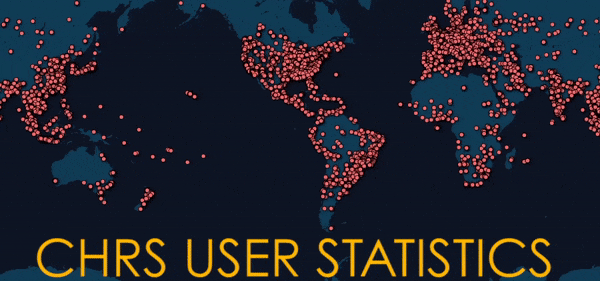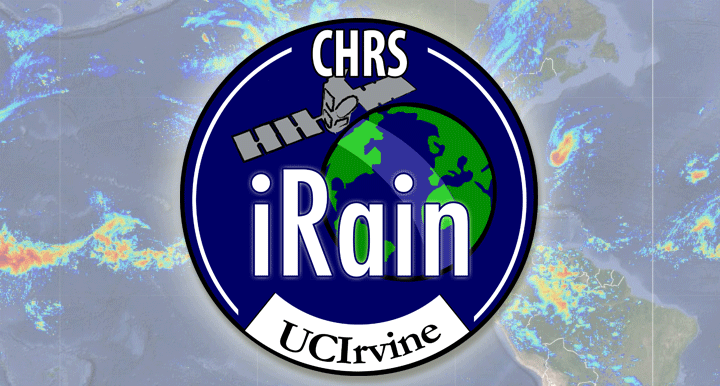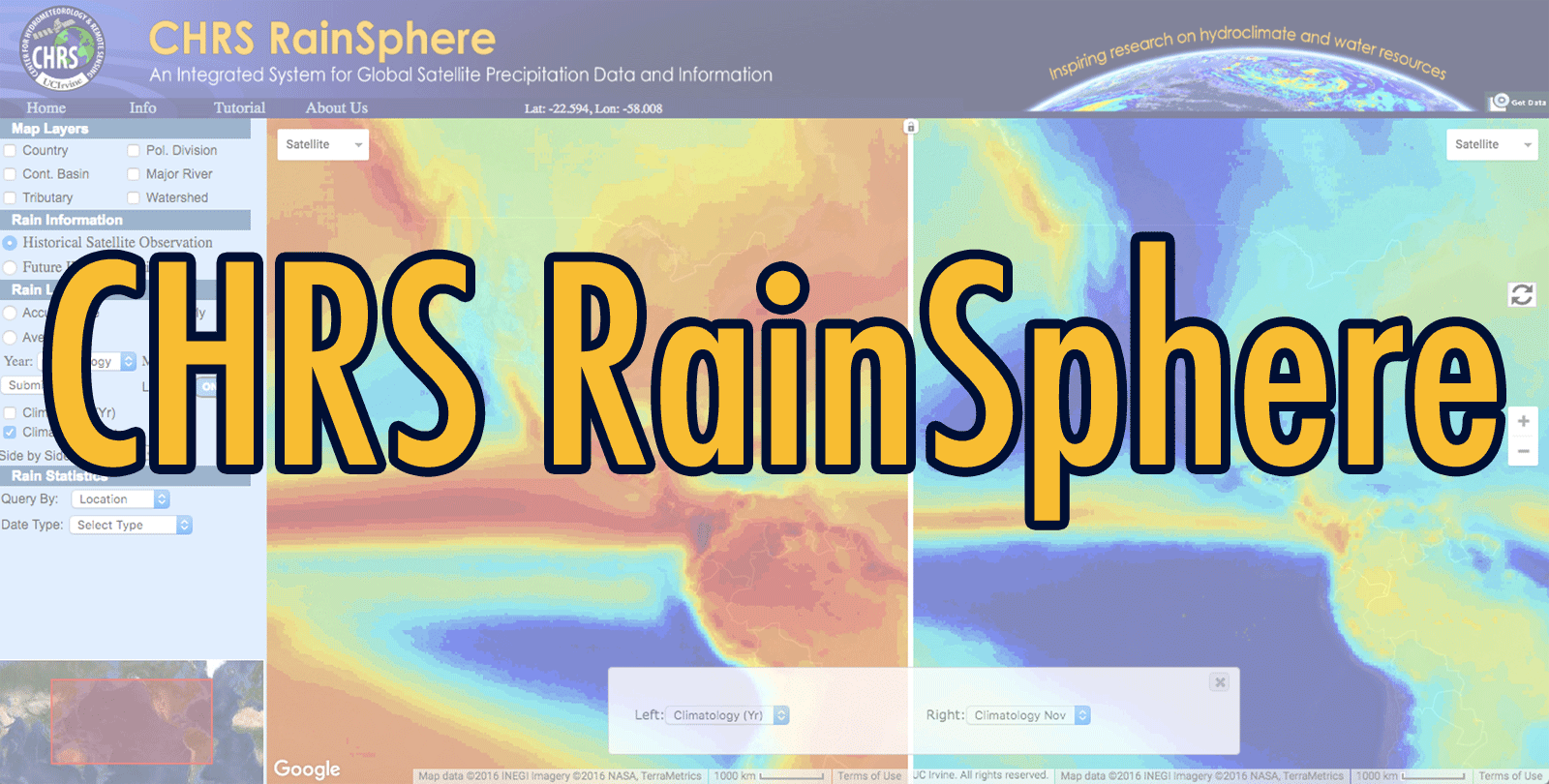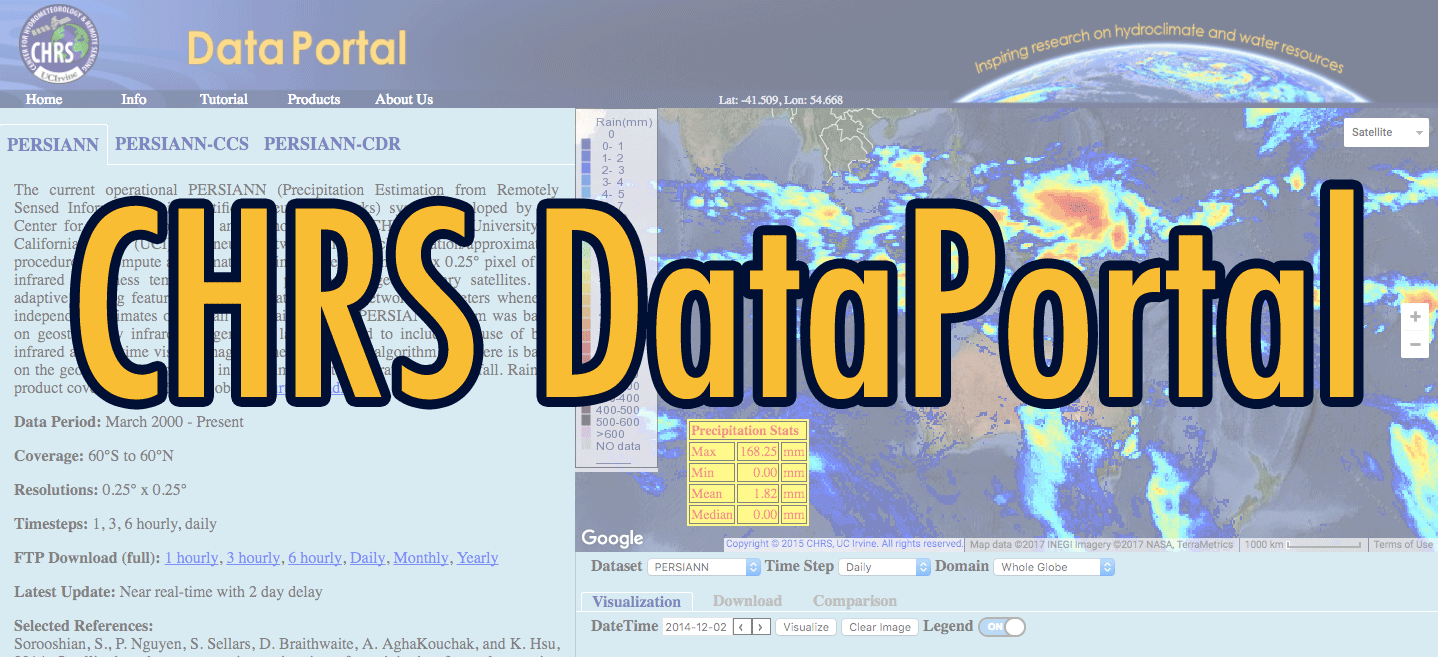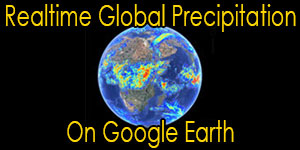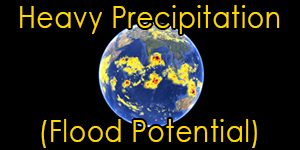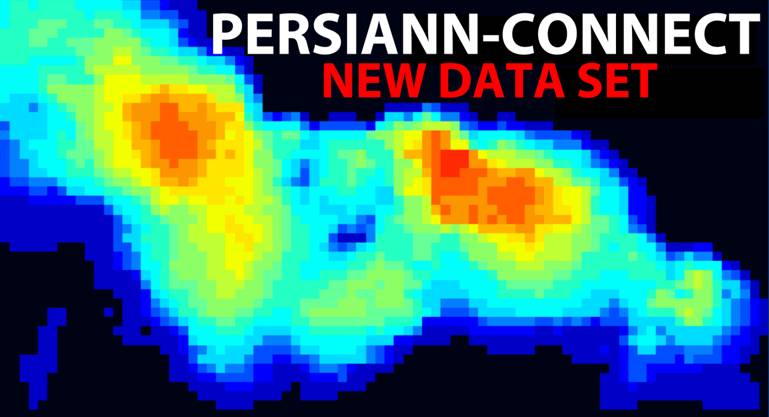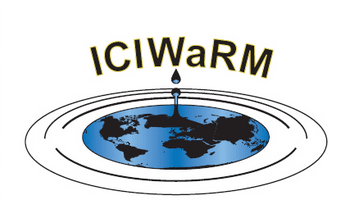Hydrologic Prediction
Ensemble Weather Forecasting
Ensemble weather forecasting is at the cutting edge of strategies to improve estimates of the future boundary conditions and to quantify the probabilistic uncertainties associated with the model forecasts.
Twice a day (00 and 12) Universal Time), collected weather observations from the entire globe are introduced into a global atmospheric model, which is run in re-analysis mode. A reanalysis produces a fixed resolution snapshot of the global atmosphere by filling in the gaps between observations, while at the same time, maintaining the validity of physical laws (as opposed to mathematical interpolation of point observations). The equally spaced observations are then introduced into the model to provide the initial conditions of weather, and the model is allowed to run in "prediction mode". In prediction mode, the models integrate the various numerical approximations of the physical laws governing the atmosphere and therefore produce projections of weather conditions at pre-set time intervals.
Clearly, uncertainties associated with the production of "equally spaced" initial conditions at various pressure levels across the globe will result in uncertainties in model predictions. Such must be addressed using statistical approaches, known as ensemble predictions. These predictions allow modelers to "sample" several potential future states of the system by perturbing the initial conditions according to the uncertainties associated with observations. In the end, a number of possible trajectories are produced, and statistical analysis could be used to discern likely conditions, average conditions, and a range of uncertainties associated with the predictions.
Current literature is much more extensive with regard to the second issue than the first issue, indicating the difficulties faced in improving regional weather predictions. In general, by perturbing initial conditions in a manner that reflects the degree of uncertainty in measurements, initial ensembles can be used to produce ensemble forecasts.
CHRS researchers utilize ensemble forecasting techniques to:
- improve the understanding of the role played by sea surface temperature, as measured by earth observing satellites, in regulating the North American Monsoon, and
- improve the reliability of hydrologic models used for flood forecasting by providing uncertainty bounds about model predictions.
We are currently beginning to study the problems of ensemble forecasting of regional boundary conditions using the Global/Regional Spectral Model. A winter season (December 2003 to February 2004) experiment using the NCEP breeding perturbation method (nine components) at 12-km resolution has been recently completed and is under analysis. We are collaborating closely with the ensemble forecast team at NCEP, including regular visits and frequent communication. We intend to continue evaluation of the ensemble forecast results for the winter frontal precipitation in the western United States to gain experience and knowledge regarding the technique. It is envisioned that, for each member of the ensemble, a suite of distributed, grid-based land surface and hydrologic models can be deployed to provide hydrologic predictions.
- Improve Mesoscale Modeling
- Improve time-varying boundary conditions using EOS SST data
- Improving the simulated triggering of convective events in urban areas
- Ensemble Weather Forecasting
- Improving snow modeling component in Land Surface Models
- Assimilation of Satellite Snow Data
- Usage of Remote-Sensing data
- Surface Hydrology Forecasting and Prediction System





